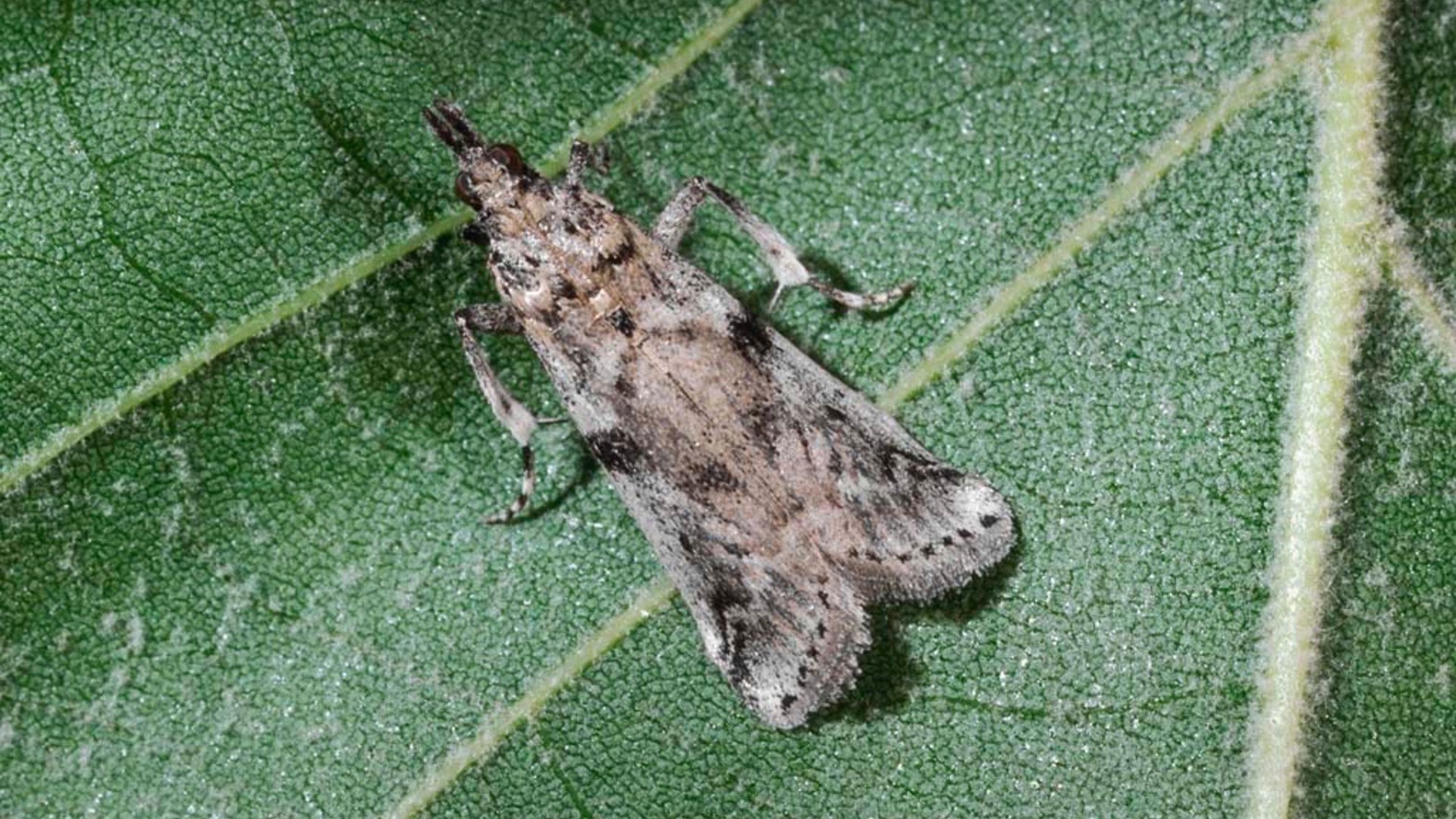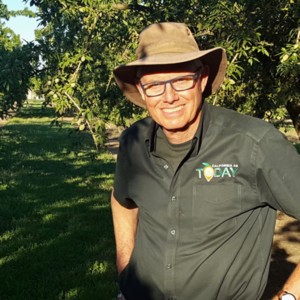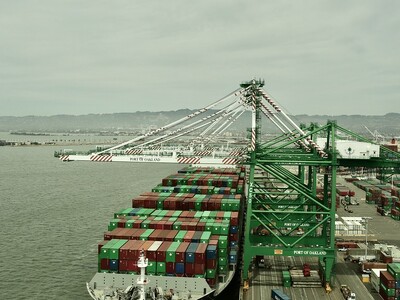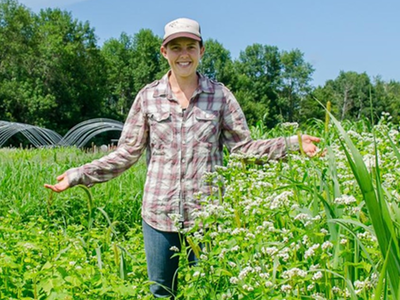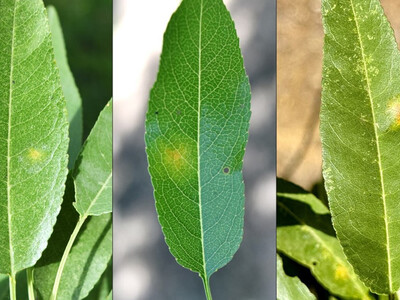Is This a Tough Year For Navel Orangeworm?
Joel Siegel is a USDA ARS entomologist based in Parlier, Southeast of Fresno. He tells us about that navel orange worm pressure in the orchards, right now.“I'm saying the potential is there,” said Siegel. “We have more degree days than we've had for the past three years. We have a larger overwintering population. So I think there's going to be more pressure,” he said.
At the same time, almond prices are down because of the huge crop and problems getting things offloaded because the COVID. “So I don't know how willing people are to spend money, to protect the crop. You know, some people are definitely going to do it. Other people might try to cut corners,” Siegel noted.
It's important to get that crop harvested and out of the field as quickly as possible to avoid added navel orange worm pressure. However with 3 billion pounds harvest and enough infrastructure to get it done quickly, may be tough.
“Well, you know what happened last year, talking to people, there were people that had their almonds on the ground for three weeks. They couldn’t get the labor, the logistics and machinery to get almonds up and out of the orchard.” Siegel said.
Ideally, the almonds should only be on the ground for about 10 days of conditioning.
“So again, this is one of the things and if you think logistics is going to be a problem, then you're really going to have to be concentrating on your ant control program, because ants will severely attack those almonds on the ground,” explained Siegel.


